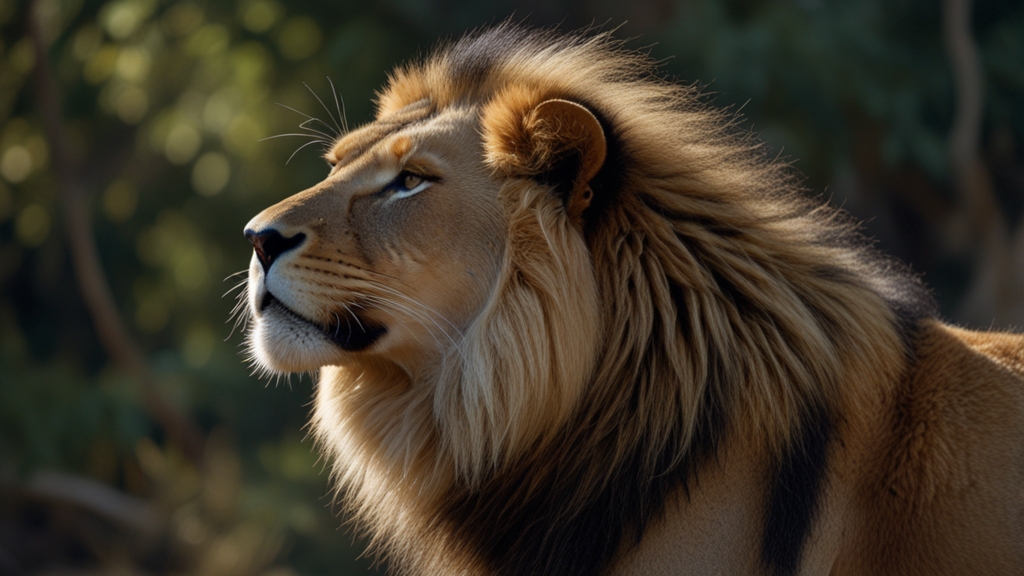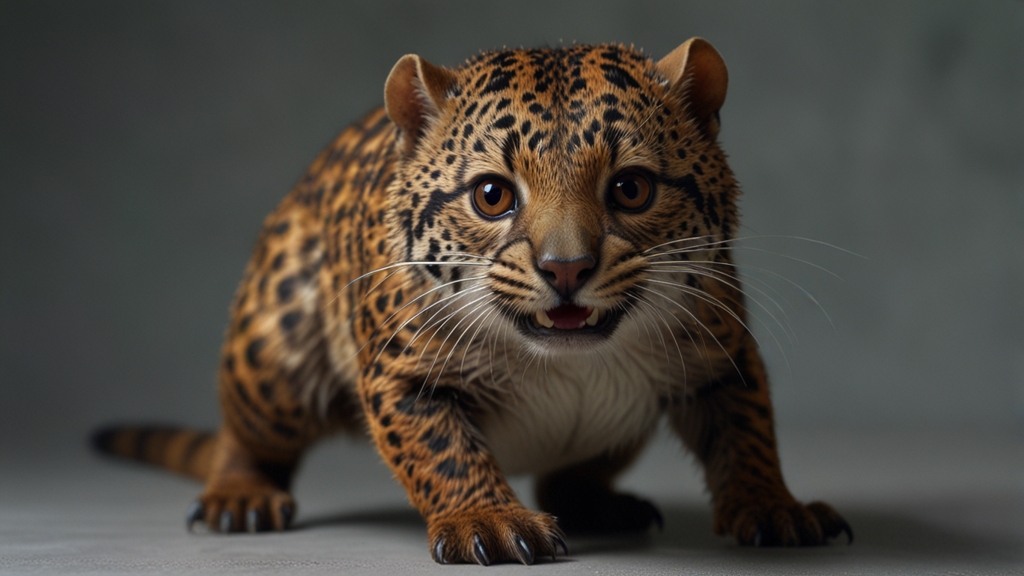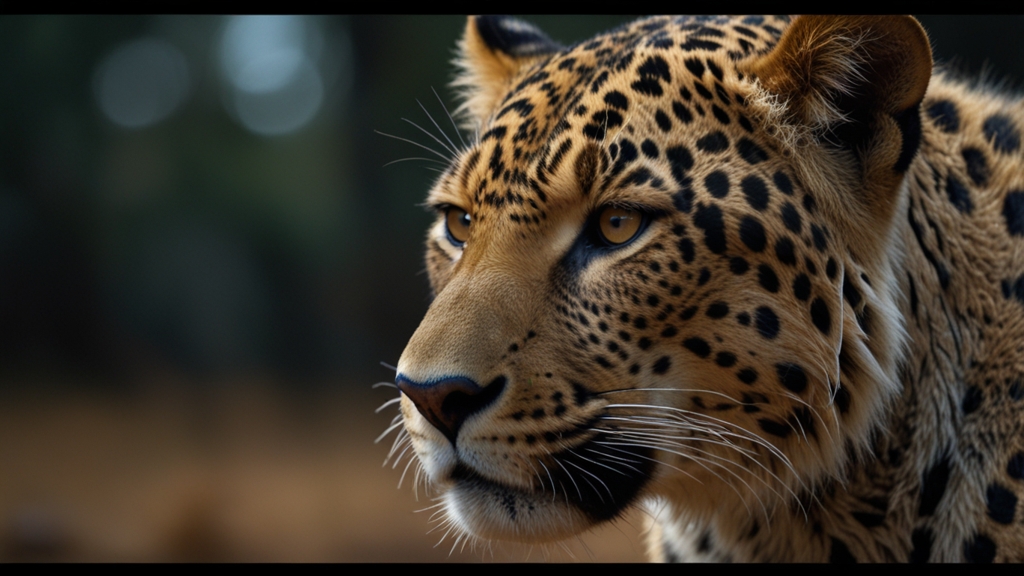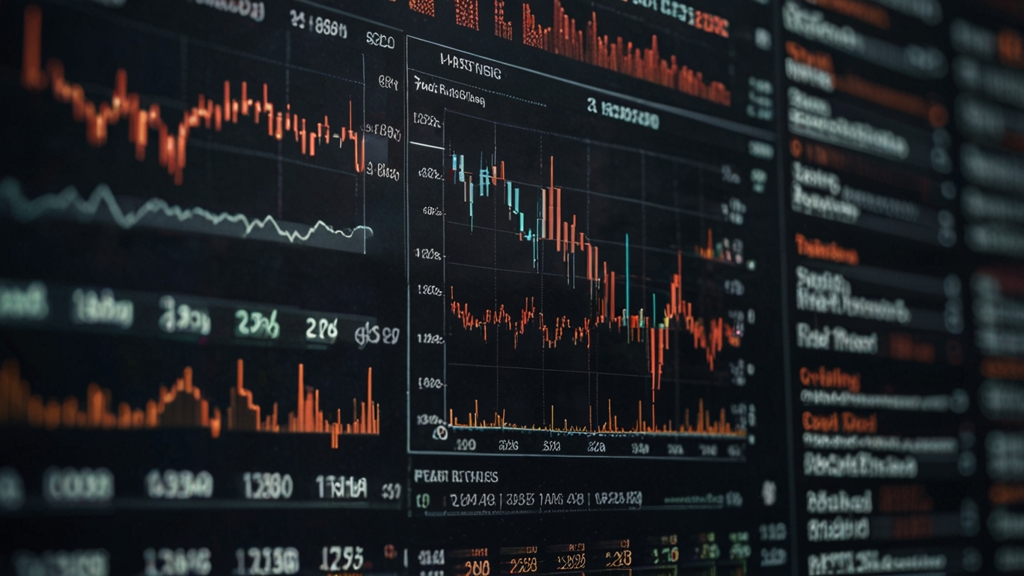The Price of Progress: How Humanity Threatens Endangered Species
As humanity continues to advance and thrive, the cost of such progress is becoming increasingly clear. The innovative technologies, sprawling urban landscapes, and extensive agricultural developments have undoubtedly improved human life, yet they come with a steep price: the degradation of natural habitats and the severe threat to countless endangered species. This article delves into the complex relationship between human progress and the survival of the world's vulnerable species.
Habitat Destruction
One of the most direct ways in which human activity endangers species is through habitat destruction. Urbanization, deforestation, and agricultural expansion lead to the fragmentation and complete obliteration of natural habitats. As cities and farmlands grow, the natural communities that once thrived in these areas are irreparably damaged, leaving many species without the necessary resources to survive.
"If current trends in habitat conversion continue, species extinction rates will increase sharply, threatening the rich biodiversity that sustains ecosystems and human life alike." - Dr. Jane Goodall
The Amazon rainforest, which hosts approximately 10% of the world's known species, is a prime example. Decades of logging, mining, and agricultural activities have resulted in significant deforestation, impacting numerous species such as the jaguar, the South American tapir, and countless lesser-known flora and fauna.
Climate Change
Climate change, driven primarily by human activities such as burning fossil fuels and deforestation, poses another substantial threat to endangered species. Rapid alterations in climate patterns disrupt ecosystems, lead to more frequent and severe weather events, and cause shifts in the distribution of species.
"Climate change is perhaps the greatest threat ever to face our planet and its vast biodiversity." - Sir David Attenborough
The warming of the planet has particularly disastrous effects on polar species. Polar bears, for example, rely on sea ice to hunt for seals. As temperatures rise, the sea ice melts earlier each year, reducing the time bears have to hunt and accumulate the necessary fat reserves for survival. Similarly, coral reefs around the globe are experiencing bleaching events due to rising sea temperatures, endangering the myriad marine species that depend on these vital ecosystems.
Pollution
Pollution from industrial activities, agriculture, and urban runoff is another critical factor contributing to the decline of endangered species. Chemical pollutants, such as pesticides and heavy metals, contaminate water bodies and soil, causing dire health effects across entire ecosystems.
Marine life bears the brunt of pollution, with plastic waste posing a particularly grave danger. Sea turtles, for instance, often mistake plastic bags for jellyfish, leading to ingestion that can block their digestive systems and cause death. Furthermore, microplastics have infiltrated every corner of the ocean, affecting even the smallest organisms and disrupting food chains.
Overexploitation
Overexploitation through activities such as hunting, fishing, and the wildlife trade places enormous pressure on species already struggling to adapt to other environmental stresses. Many large mammals, birds, and marine species have seen dramatic population declines directly attributable to human exploitation.
A heartbreaking example is the African elephant, whose numbers have plummeted due to poaching for ivory. Despite international bans on the ivory trade, illegal poaching continues, driven by high demand in markets across Asia. Similarly, overfishing threatens numerous marine species with extinction, disrupting marine ecosystems and the communities that depend on them.
Looking Ahead
Addressing the threats to endangered species requires a multifaceted approach involving conservation efforts, sustainable development, and international cooperation. Protected natural reserves, anti-poaching laws, sustainable agricultural practices, and responsible consumption are crucial steps in mitigating the damage.
"The fate of the world's species is intimately linked to the choices we make today. We must foster coexistence with nature to ensure a thriving planet for future generations." - Sylvia Earle
Humanity's quest for progress need not come at the expense of the planet's rich biodiversity. By taking conscientious action now, it is possible to strike a balance that allows both human societies and the natural world to flourish in harmony.











